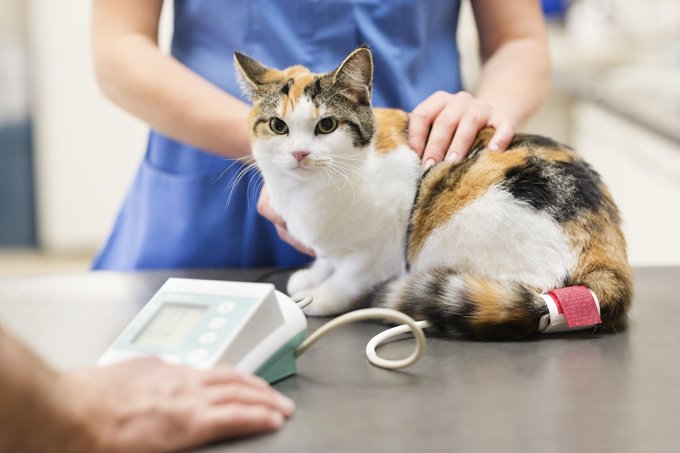This article courtesy of PetMD.com.
Conjunctivitis in Cats
Conjunctivitis refers to the inflammation of the moist tissues in a cat’s eye, which are the portions of the eye located near the globe and up to the edge of the cornea — the front part of the eye. It can cause the cat’s eye to discharge fluid and other uncomfortable symptoms for the animal. Treatment, ultimately, is based on the underlying cause of the condition.
Symptoms and Types
There are several common symptoms of this disease, including:
- Persistent squinting
- Regular and excessive blinking
- Redness of the eye tissue
- Eye discharge
- Fluid build up in the eye
- Upper respiratory infection
Causes
There are several viruses that can cause conjunctivitis, one of the most common being the herpes virus. Cats that are regularly exposed to other cats with viral infections are more prone to develop the disease. There are also bacterial causes, one of which is commonly referred to as “dry eye.” In addition, allergies can cause the eyes to react as an external response to the allergen, or it may be as simple as a foreign particle lodging in the eye. Finally, purebred cats are more likely to develop the disease than other cats.
Diagnosis
The veterinarian will explore the different potential causes to determine the root cause of the eye infection so that it can be properly addressed. There may be seasonal allergies to things such as grass and pollen, or to environmental pollutants like smoke or chemicals. Viral and bacterial infections will also be considered.
Treatment
This condition is commonly treated on an outpatient basis. If there is a suspected food or environmental allergen causing the infection, the issue should clear up when the identified allergen is removed from the cat’s environment. If the infection is due to a virus, there are some commonly prescribed medications to manage the inflammation, including oral and topical (external) antibiotics. Vaccination is also a common treatment option to prevent against other viral outbreaks in the future. In serious cases, surgery may be required to remove any blockages that are found to be present in the eye.
Living and Management
Once the diagnosis has been made and a treatment plan has been prescribed, it is important to follow up with the animal’s progress. The first step in the treatment plan will be to address the underlying medical cause if there is one present. Next, it will be important to isolate the cat so that it does not infect other animals.
Prevention
Limiting exposure to other animals that are possibly infected can prevent recurrence of conjunctivitis. Also, some vaccinations have proven effective at minimizing the risk of developing this condition.
This article originally appeared here on PetMD.com.









